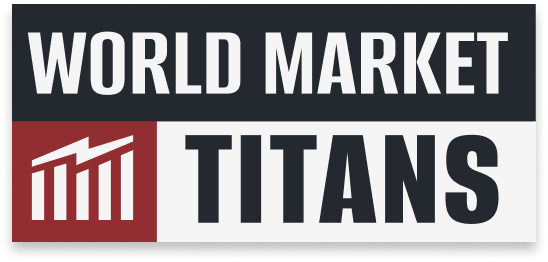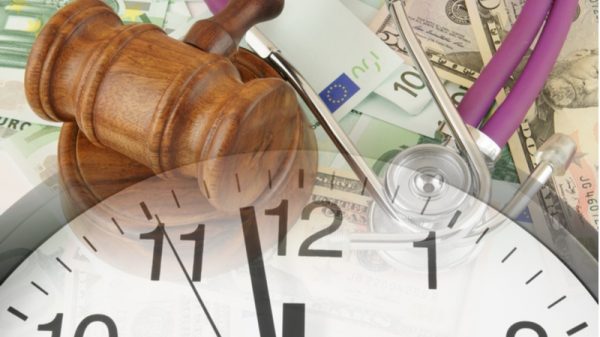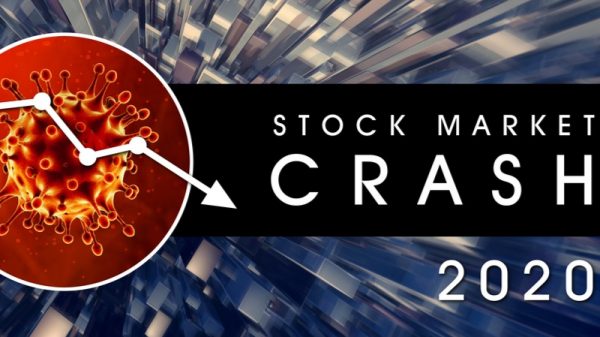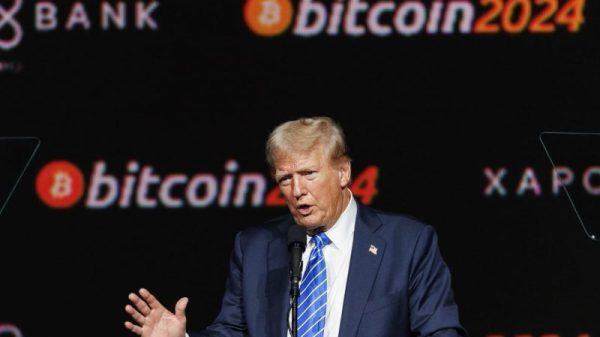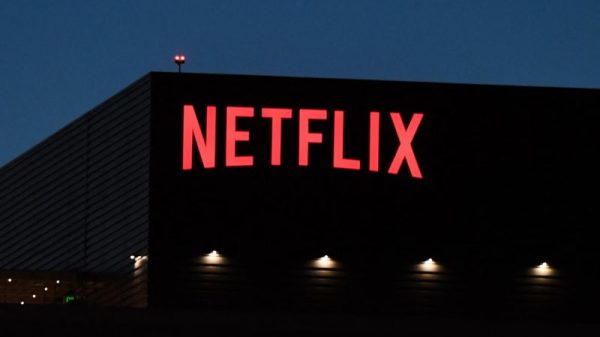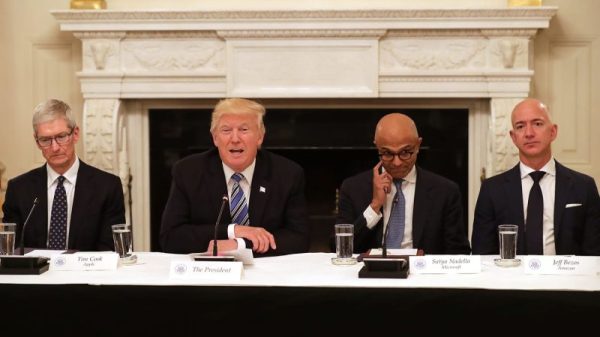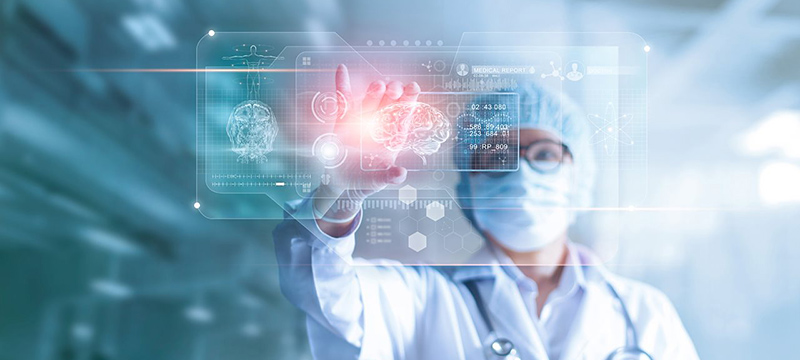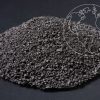Healthcare is one of the most rapidly evolving industries in the world today, and advances in technology are propelling a large part of this transformation. The Internet of Things (IoT) is one of the most influential technological breakthroughs in recent years, and it has had a considerable effect on healthcare.
Also referred to as the Internet of Medical Things (IoMT) or Internet of Healthcare Things (IoHT), the technology uses interconnected devices and sensors to collect and share data. This data can enhance patient care, manage chronic illnesses, and reduce expenses.
According to a recent report from Precedence Research, the global IoT in healthcare market size is expected to reach $960.2 billion by 2030. The market was valued at $180.5 billion in 2021; thus, it is expected to witness a CAGR of 20.41% from 2022 to 2030.
Considering the market growth, it is the right time to implement IoT in your healthcare services to offer simplified healthcare to your patients, reduce the overall operational costs and improve access to critical information.
A dedicated healthcare software development company can help put things into perspective per your custom business requirements. From offering efficient and simplified data collection and analysis all the way to easy system integration and support, a reliable development team can help you traverse the market with the help of this evolving technology.
This article will help you understand everything related to the impact of IoT on healthcare costs and resource utilization.
In addition, we will also look at the various applications of IoT in healthcare.
Understanding IoT in healthcare
The Internet of Things (IoT) is having a transformative effect on the healthcare industry. It enables patients to take a more active role in their care while providing healthcare providers with new tools to improve patient outcomes. Additionally, IoT is helping to make healthcare more cost-effective by reducing the need for expensive and invasive procedures. IoT makes healthcare more accessible and efficient, leading to better patient health outcomes.
Remote diagnostics and video monitoring are powerful tools for healthcare providers to detect and monitor the patient’s illness. This technology can help reduce costs by allowing doctors to provide care to patients without needing specialized or planned visits, thus increasing efficiency. Additionally, they can help identify potential issues before they become serious, allowing for quicker and more effective interventions that are further cost-effective.
If you are further looking to comprehend the revolutionizing effect of technology in the healthcare sector, check out our latest blog post on Understanding the impact of IoT in healthcare.
How is IoT making healthcare cost-effective?
The cost-effective nature of IoT in healthcare is a substantial impact that healthcare providers must consider. IoT in healthcare services can reduce the need for hospital visits and allow patients to be treated in the comfort of their homes.
Furthermore, IoT in healthcare is making it possible to collect data that healthcare providers can use to identify inefficiencies and make changes that will save time and money. These savings can then be passed on to patients in the form of lower costs, making healthcare more accessible and affordable.
Implementing Internet of Things (IoT) monitoring in doctors’ offices and hospitals has the potential to reduce operational costs drastically. This is because electronically managed healthcare information is much more cost-effective to access and analyze than paper records, provided the connected devices and transmitted information are adequately secured. As such, IoT monitoring offers a viable solution for reducing operational costs while ensuring healthcare information security.
Applications of IoT in healthcare
Improving Patient Care
Sometimes the overall environment of the hospitals is uncomfortable for the patients. It is a well-known fact that the more comfortable a patient is, the faster their recovery will be due to the reduced stress of hospitalization. A study published in the Journal of Health Environments Research concluded that patients and their families prioritize privacy, accessibility, comfort, and security in hospital rooms.
IoT solutions like smart thermostats and tailor-made lighting controls can provide greater comfort and control for patients and care providers. These solutions make the room brighter for caregiving tasks and procedures while allowing dimmer lighting for a more tranquil atmosphere. Automated window shades can also provide lighting control while allowing patients to experience natural sunlight’s health and mood benefits.
Helping Physicians in Better Decision Making
The Internet of Medical Things (IoMT) is revolutionizing the healthcare industry by allowing data collection without needing a physical exam. Wearable IoT technology further enables remote health monitoring, allowing doctors to accurately track vital signs, physical activity, and other important metrics that can inform changes to treatment plans or other interventions.
This technology provides a new level of convenience and accuracy to healthcare and is likely to grow in importance as it becomes more widely adopted.
Improving the Overall Safety of Healthcare Practices
IoT solutions can make hospital management practices way safer than they were before. For instance:
Smart locks and security systems enable protocols to be instituted following predefined programs, such as lockdown scenarios.
IoT maintenance sensors can alert facilities managers of potential risks and other dangers.
Temperature sensors guarantee that food, blood, and medications are stored securely.
Occupancy sensors assess waiting areas and notify personnel when nearing capacity, allowing critical patients to be redirected to other medical facilities.
Digital wayfinding systems make it simpler to traverse hospitals.
Ending Note
As the growth of the Internet of Things (IoT) in healthcare and the evolution of the Internet of Medical Things (IoMT) devices continues, healthcare facilities are becoming increasingly advanced, offering improved patient outcomes, better experiences for patients and visitors, and enhanced work environments for physicians.
With the influx of devices and data, healthcare professionals can gain valuable insights into medical environments, patient care, and treatment options. This access to data will enable doctors to identify trends, uncover new aspects of medical care, and use difficult-to-understand information previously. Ultimately, the impact of IoT in healthcare is just beginning, and many cutting-edge IoMT solutions are on the horizon.
The post The impact of IoT on healthcare costs and resource utilization appeared first on IoT Business News.
